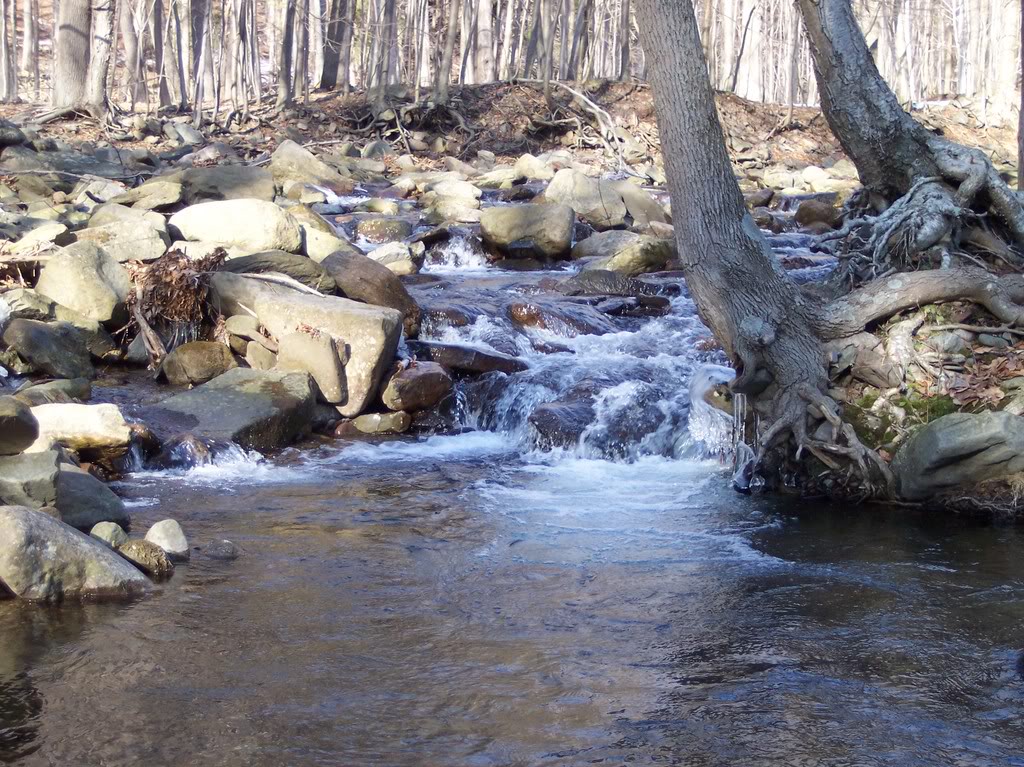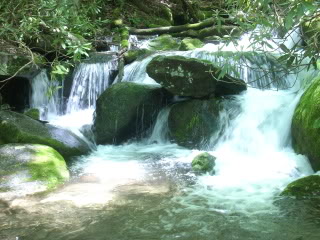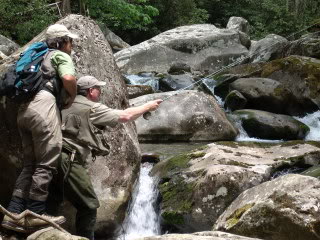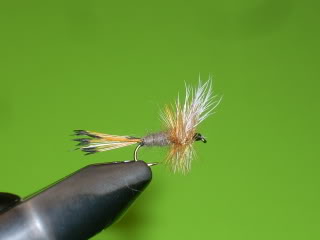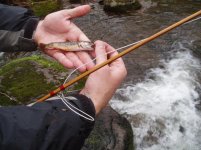NJpatbee
Can be found on NJ/NY/PA waters!
I spend much of my time chasing wild trout on smaller streams and those with plunge pools have always been a challenge - I am talking about smaller streams and brooks that are crystal clear and loaded with great looking plunge pools where, especially in the Spring, the water at the top of the pools is loaded with air bubbles, and the pools can be anywhere from 18 inches to 5-6 foot deep. I have had some success fishing the sides of the plunge pools upstream with nymphs or dries, and lesser degree of success fishing a soft-hackle downstream to the tail of the pool casting on from well above the pool itself. I catch some trout, but I always feel that I should have done better.
Does anyone have any other plunge pool techniques to recommend?
Does anyone have any other plunge pool techniques to recommend?

